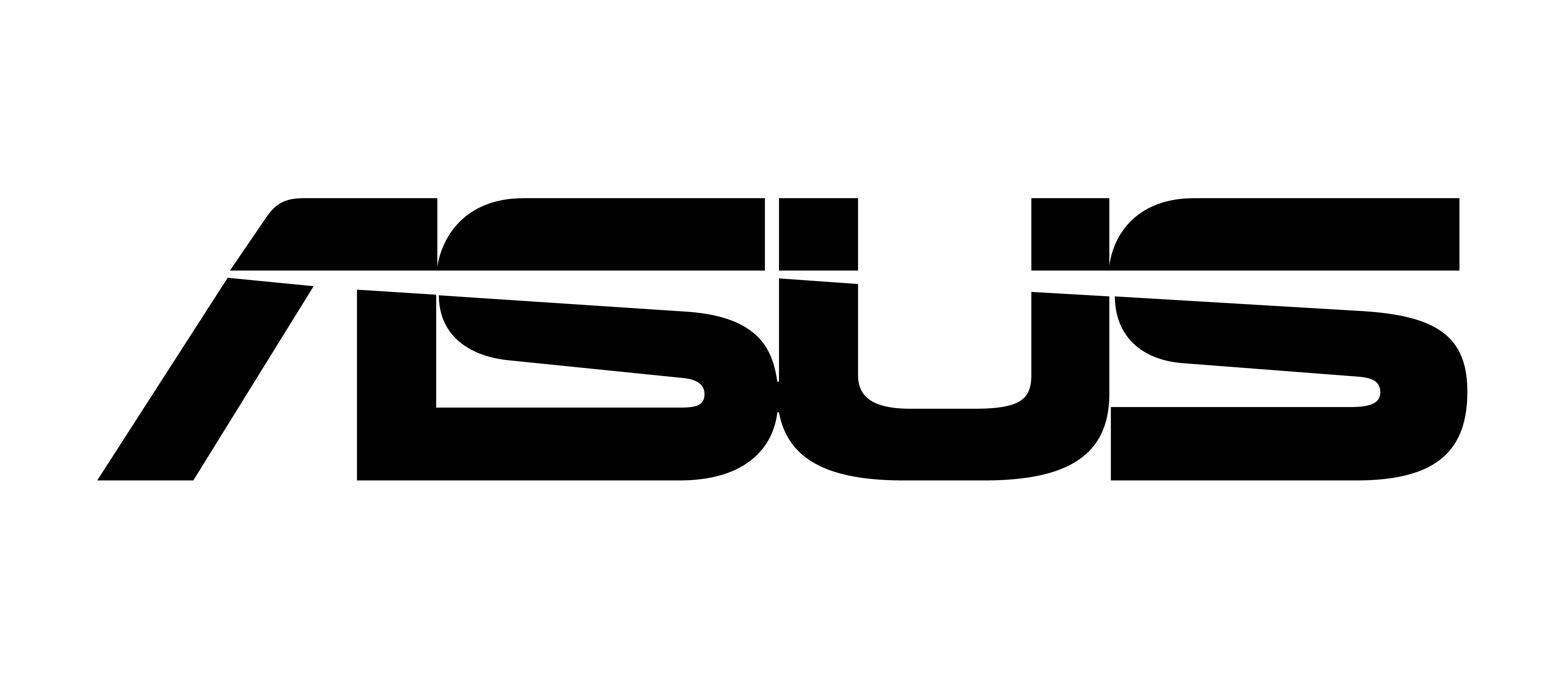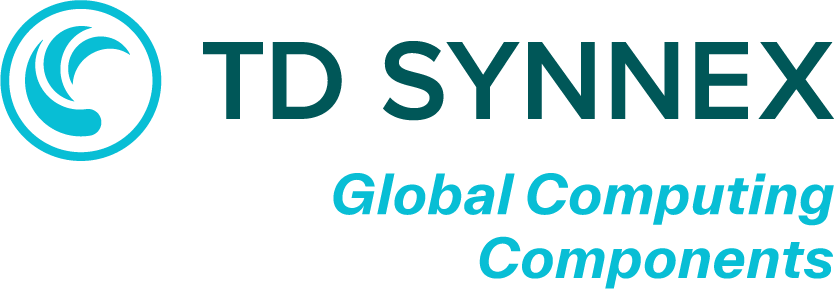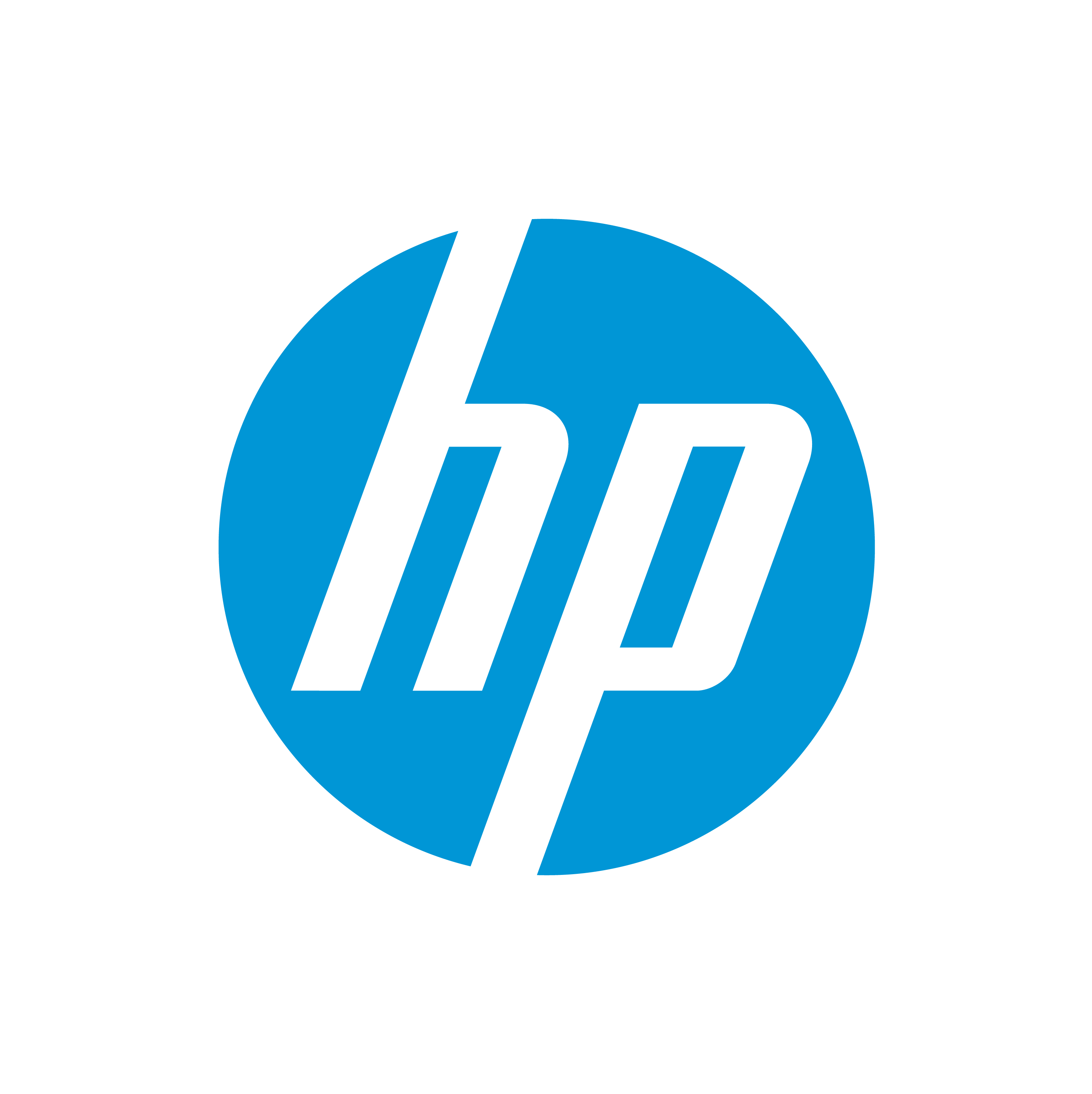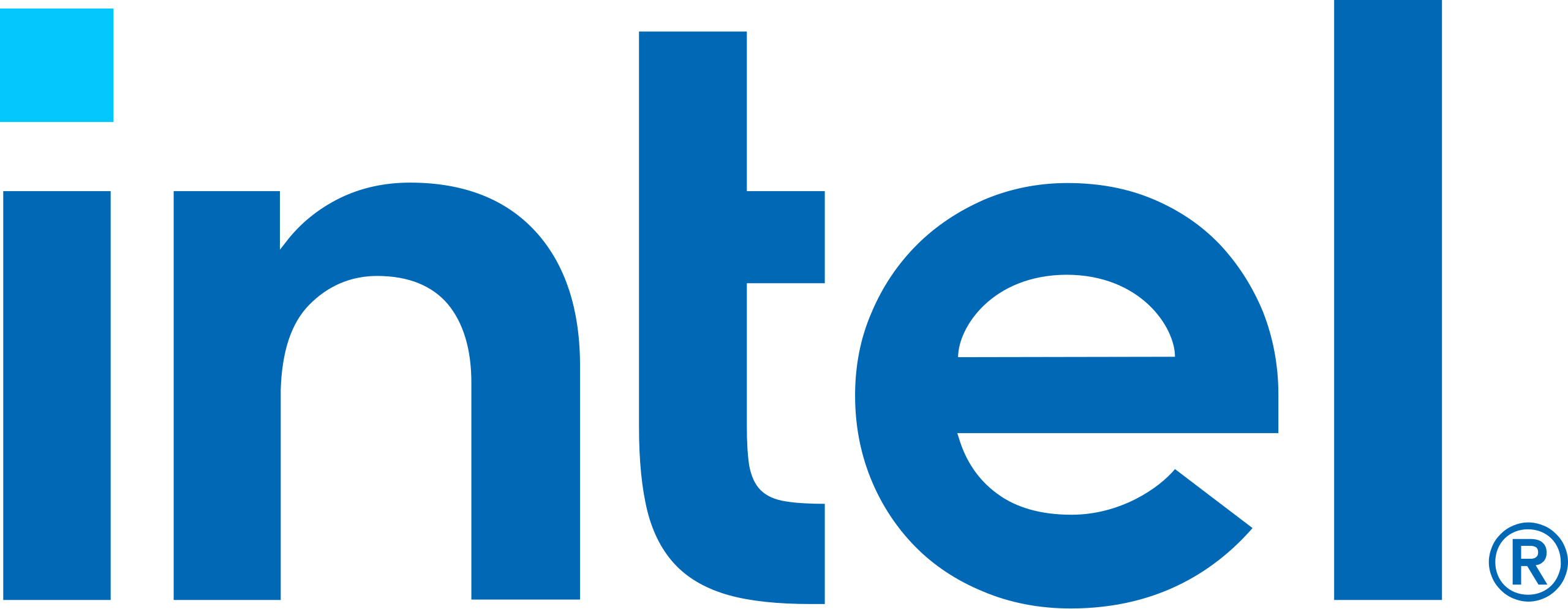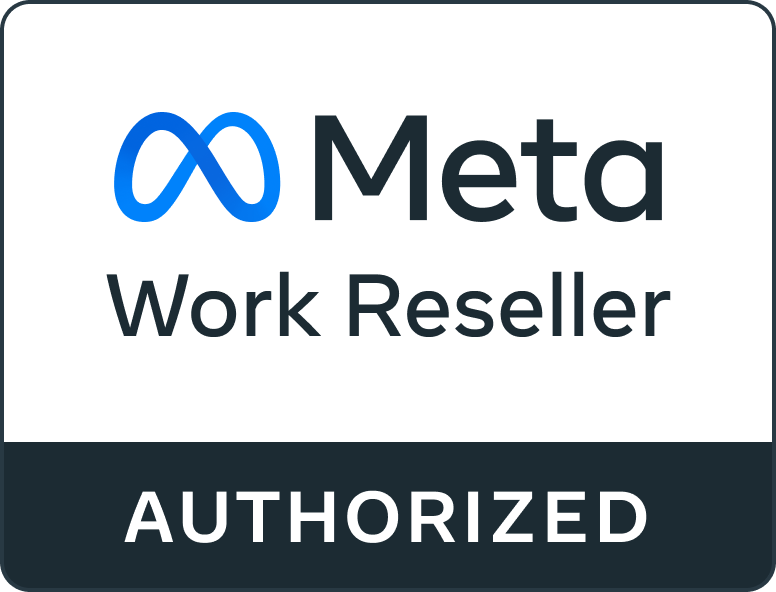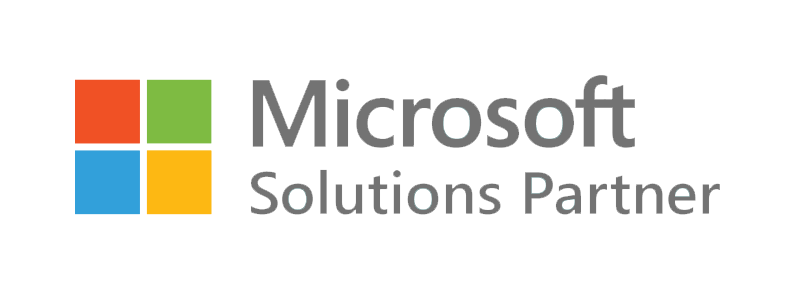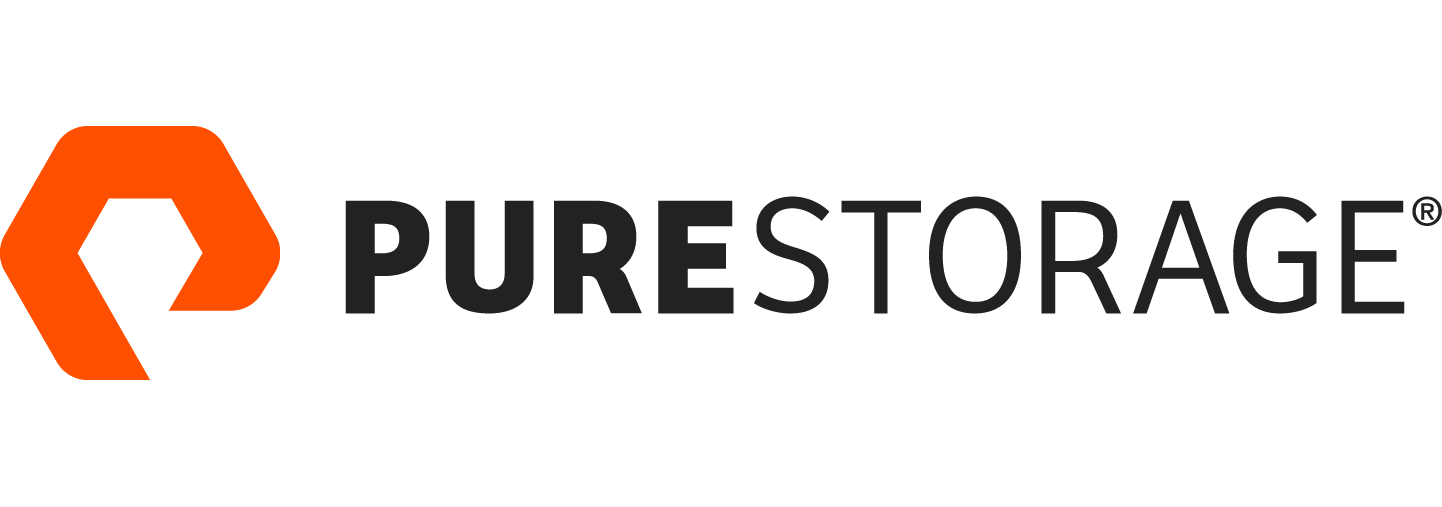Think about your customer’s enterprise storage in relation to sales models for razorblades. They have more in common than you think. The razor blade’s handle is frequently promoted with it’s first blade for free. It’s a great deal and is useful for the buyer, but what happens when that first blade goes blunt?
The customer needs to buy more blades but needs to consider the following:
- Where do they buy the razors from?
- Which brand should they go to?
Typically, they’ll need to buy the razor blades from the same brand. And that’s exactly how the traditional model for storage has worked. Software-defined storage (SDS) is disrupting the marketplace and benefiting your customers in multiple ways. Not every customer will be aware of these benefits, or may have some misconceptions around it, so we’ve outlined 5 things you ought to know that’ll help you sell a SDS solution.
1. SDS is better defined than your competitor’s marketing slicks would like your customers to believe.
Keeping the definition of SDS murky perpetuates a reliable revenue stream to storage hardware vendors due to customer lock-in. When in fact, SDS is a platform that delivers a full suite of storage services via a software stack and commodity hardware built with off-the-shelf components.
It’s important to communicate to your customers that SDS uses policy-based provisioning and management that’s independent of the storage device. SDS also delivers other features, including:
- Deduplication: reducing duplicate data to conserve storage space.
- Replication: storing and archiving data over a storage area network.
- Thin provisioning: optimising the efficiency with which storage area networks consume available space.
- Backup: archiving of data to the cloud or another storage medium for retrieval in cases of a catastrophic failure or for continuity of operations.
2. SDS is more than just storage virtualisation
You may encounter customers who think SDS is just another form of storage virtualisation when in fact there’s a lot more to the technology. When speaking to your customers about SDS, paint a portrait of how much this solution can do for them and their business. These features are above and beyond what can be achieved with storage hardware.
- Automation
Simplified management that reduces the cost of maintaining the storage infrastructure. Your customer will be able to redirect staff from button pushing to more strategic tasks. - Standard interfaces
APIs for the management, provisioning, and maintenance of storage devices and services. Benefits include being able to tie SDS into operations and security dashboards and other internal IT management tools. - Transparency
The potential for storage consumers to monitor and manage their storage consumption against available resources and costs. Such greater transparency supports improved strategic planning and budgeting because it removes enterprise storage surprises. - Scalability
Seamless ability to scale the storage infrastructure without disruption to availability or performance. Storage administrators gain the ability to scale their storage infrastructure without impacting their service level agreements (SLAs) adversely.
3. SDS is more than just management
- SDS moves from the traditional storage array with a control plane and data plane to a control plane and data plane with software running on standard servers. As a technology solution, SDS is independent of hardware choice and provides a level of advanced storage services and control via software.Many of the customers you encounter will be steeped in a world of traditional storage arrays full of data islands, vendor lock-in, little to no innovation, and management islands. Adding more than one type of storage into these environments only complicates management. They are hamstrung by the poor economics that traditional storage arrays represent.Inform those customers that by moving to SDS, they’ll have less vendor lock-in and soon find that competition leads to better prices and innovation from their existing storage hardware vendors. Bottom line, your customers will experience superior economics with SDS over a traditional tiered storage solution.
4. SDS is more than just vendor hype
You can’t blame vendors for rallying around new concepts to get attention. There are many vendors delivering real solutions that fall on the SDS continuum. The real question is what are these vendors hyping and how software-defined is there solution. When selling an SDS solution, you must prepare yourself to counter this vendor hype through demos, pilots, and content that testify to the substance of the solution you are selling.
Your customers will want what’s best for their business and will only be willing to invest in solutions that will prove ROI, create efficiencies, and streamline the way they manage their environments.
5. SDS isn’t a new storage solution but it will continue to grow
By no means is SDS a brand spanking new technology solution. Rather, it’s an evolution of established technology with a foundation on basic concepts including software-based virtual storage and control/management. SDS is going through an evolution very like what we saw happen with cloud technologies that were an evolution of virtualisation.
The marketplace for SDS is rapidly advancing and the technologies your customers are using are growing alongside it. With machine learning, artificial intelligence, internet of things (IoT) on the increase, your customer’s storage needs to become software-defined before it’s too late.
Takeaways
- Position yourself as a trusted advisor by getting to know how SDS is transforming the marketplace and the opportunities this opens for you.
- Be a partner of choice by understanding what your customers are looking to change and achieve through SDS.
- Ultimately, to sell SDS solutions you need to be able to lead with a benefits-first sale approach, so make sure you know what’s in it for the customer and how SDS features can improve their business.

